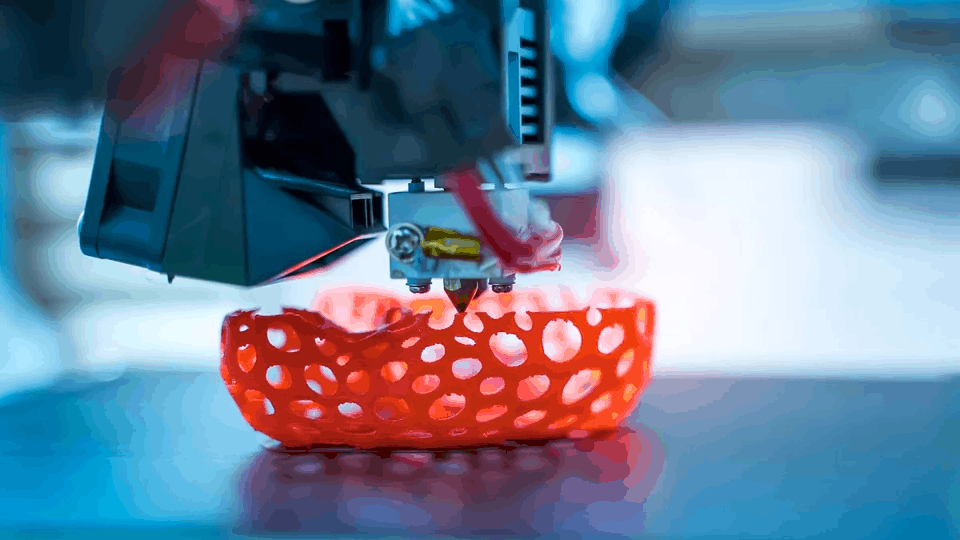Table of Contents
Introduction
Graffiti art, once viewed as an act of rebellion and defiance, has evolved into a respected and influential form of urban expression. At the forefront of this transformative journey stands Banksy, an enigmatic figure whose work has redefined the perception of graffiti art. This article delves into the roots of graffiti art, explores Banksy’s significant contributions to the genre, and examines the profound impact of his creations on the contemporary urban art landscape.
Graffiti Art: A Historical Evolution
Graffiti art traces its origins back to the streets of New York City in the late 1960s and early 1970s, where it emerged as a form of self-expression for marginalized communities. What began as simple tags and throw-ups evolved into intricate pieces of art that adorned subway cars and city walls. Graffiti artists, often working under pseudonyms, used the urban landscape as a canvas to convey personal messages, share cultural narratives, and challenge societal norms.
Banksy’s Graffiti Roots: From Bristol to Global Recognition
Banksy’s journey into the world of graffiti art began on the streets of Bristol, England, during the late 1990s. His early works, characterized by distinctive stenciled images, humor, and social commentary, marked a departure from traditional graffiti styles. Banksy’s ability to seamlessly blend artistry with subversive messages quickly gained attention, propelling him from local acclaim to global recognition.
The Banksy Touch: Transforming Graffiti into Street Art
Banksy’s influence on graffiti art lies in his unique approach to the medium. The artist’s use of stencils allowed for intricate and detailed images, adding a layer of sophistication to a form often associated with spontaneity. Banksy’s works transitioned graffiti from an underground subculture to a mainstream cultural phenomenon, challenging the distinction between high and low art.
Graffiti as Social Commentary: Banksy’s Impactful Messages
One of the defining features of Banksy’s graffiti art is its capacity for social commentary. Whether addressing political strife, environmental concerns, or societal inequalities, Banksy’s pieces transcend the traditional boundaries of graffiti, becoming powerful statements that resonate globally. “Palestine – Love is in the Air” and “Girl with a Balloon” exemplify how graffiti art, through Banksy’s lens, can communicate complex messages with simplicity and impact.
![]()
Graffiti Art in Galleries: Redefining Cultural Spaces
Banksy’s success in transitioning from the streets to galleries has reshaped the perception of graffiti art. What was once considered vandalism has found a place within prestigious institutions, challenging the conventional notions of art curation. Banksy’s presence in galleries has sparked discussions about the commodification of street art and its place within the broader art world.
Graffiti’s Enduring Legacy: Beyond Banksy
While Banksy has undeniably left an indelible mark on graffiti art, his influence extends beyond his individual contributions. Graffiti, as a form of urban expression, continues to evolve and adapt to changing cultural landscapes. Emerging artists draw inspiration from the fusion of traditional graffiti styles and Banksy’s innovative techniques, ensuring that the legacy of graffiti as a dynamic and influential art form endures.
Conclusion
Graffiti art, once relegated to the shadows of urban landscapes, has emerged as a legitimate and influential form of expression. Banksy’s impact on the genre cannot be overstated, as his work transcends traditional boundaries and challenges preconceived notions about the nature of graffiti. From the streets of Bristol to the global stage, Banksy has redefined graffiti art, transforming it into a medium that communicates complex messages while maintaining its raw and rebellious essence.

















